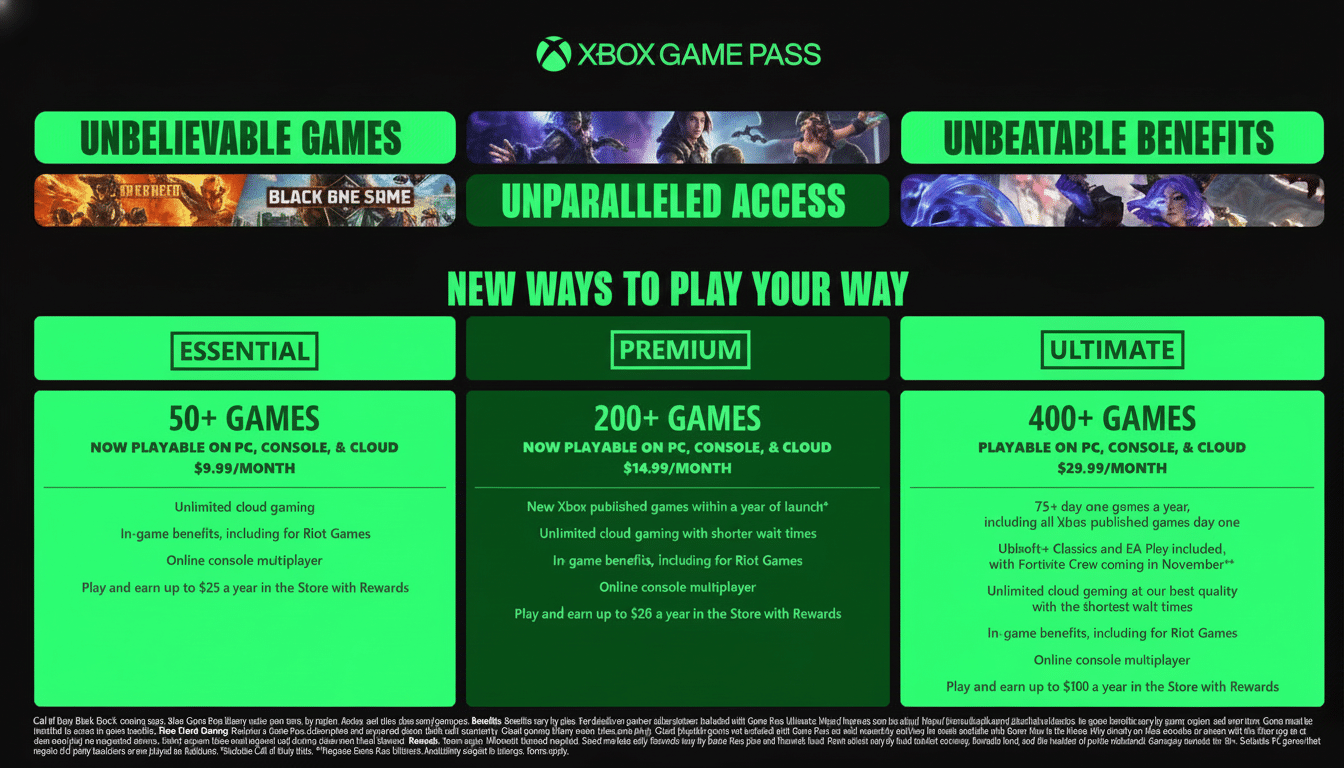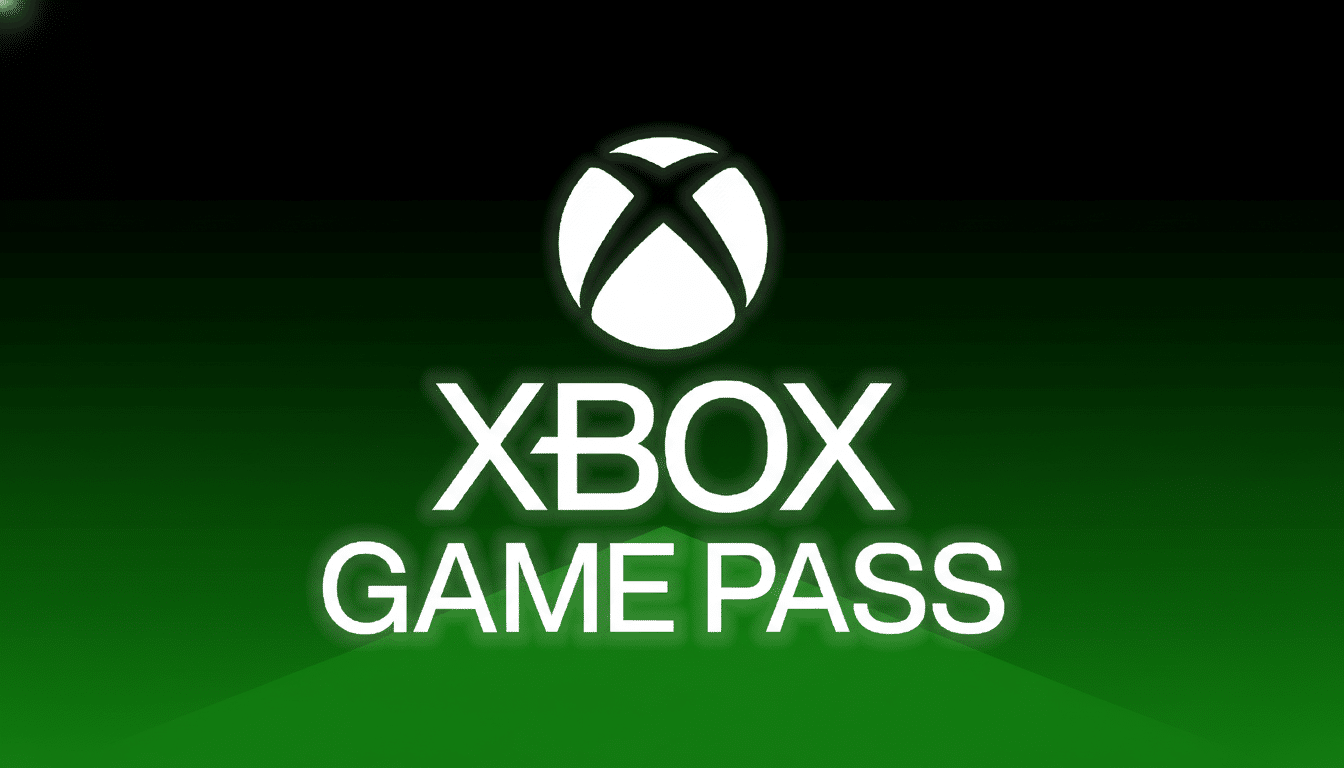Microsoft recently raised the price of Xbox Game Pass Ultimate from $19.99 to $29.99 per month and hiked the cost of the PC plan from $11.99 to $16.49. It’s an uphill struggle, especially for Ultimate, which has seen its price hiked by 50%. Microsoft casts the change as an improvement, with purchasers getting more day-one titles released and some bundled perks. The question on every subscriber’s mind: does it still make sense to subscribe?
What Changed With Xbox Game Pass and What You Get Now
Ultimate, meanwhile, now has a larger library of more than 75 new releases per year added on day one — “on top of an incredible catalog with over 400 games to play across console and PC” for Xbox Ultimate members everywhere you have internet access through your phone or tablet when you clip your phone onto an available Xbox controller. That’s the elevator pitch: steady, predictable access to new games without forking over $69.99 apiece.
- What Changed With Xbox Game Pass and What You Get Now
- The Math on Value: Comparing Pass Costs to Buying Games
- The Fine Print and Friction That Could Undercut Value
- How It Compares With Rivals in the Game Subscription Space
- Who Should Upgrade to Ultimate and Who Shouldn’t, and Why
- Bottom Line: Is Game Pass Still a Smart Buy After Price Hikes?

Featured additions are headliners such as Call of Duty Black Ops 7, High on Life 2, Keeper, Ninja Gaiden 4, and The Outer Worlds 2. Microsoft already retreated from a $79.99 price tag for The Outer Worlds 2, signaling that launch pricing is in test-and-scrutinize mode; Microsoft’s first set of adjustments to the Xbox Game Pass subscription policy show how much packaging can still get reduced — and how off-putting some text on game store listings from its own internal studio can be, too.
Ultimate is also including additional subscriptions: Fortnite Crew (coming in November), Ubisoft+ Classics and EA Play, as well as cloud gaming with Microsoft at the front of the line for its streaming queues.
Microsoft Rewards initiative further sweetens the pot by allowing Ultimate members to earn up to $100 per year in store credit by simply playing. If anything, the bundle value has gone up on paper.
The Math on Value: Comparing Pass Costs to Buying Games
Ultimate costs about $29.99 per month, which is roughly $360 a year. If one were to buy a typical five or six of those $69.99 games a year, you might be spending around $350 to $420 — and that’s not even factoring in paid DLC, season passes, and additional subscriptions along the way. But if you actually play the day-one releases that matter to you, Ultimate can still trump the à la carte approach, particularly for households with several gamers or given cloud gaming as a potential escape from expensive new hardware.
At $16.49 each month, a PC plan is around $198 per year: the cost of approximately three new PC games.
Though the PC plan is missing some of Ultimate’s perks and service integrations, Microsoft’s site shows that PC subscribers still enjoy day-one access to first-party and certain third-party games.

Also consider opportunity cost. Subscriptions offer broad scope and low friction, but you give up ownership and long-term access. If you’d rather play a couple of games for a long time, and keep those games, buying them outright (or from a lower tier) might make more sense than an all-you-can-eat pass.
The Fine Print and Friction That Could Undercut Value
Every perk doesn’t hit every player exactly the same. Some subscribers say they cancel post-spike; after all, at a certain price point the pass stops beating à la carte buying. There’s also been a lot of community feedback to zero in on regarding some policy changes, such as not allowing the redemption of Microsoft Rewards points for Game Pass time, which had helped offset monthly costs.
That day-one access applies to more than just first-party releases, according to Microsoft — but the catalog is still round-robin. If a title leaves before you finish — or if there’s some specific franchise that you love and isn’t available at launch — the value proposition shrinks. Price hikes and library churn are among the top reasons subscriptions get canceled across media, according to consumer research from firms like Deloitte, and games are no exception.
How It Compares With Rivals in the Game Subscription Space
Meanwhile, on the other side of the aisle, PlayStation Plus Premium costs less per month but works around irregular billing discounts and a tiered library; it offers cloud streaming and access to classic catalogs as well, but day-one launches of major first-party games still aren’t happening regularly. Ubisoft+ Multi Access and EA Play Pro zero in on individual publisher catalogs at monthly prices that undercut Ultimate, but with much smaller libraries. Nintendo’s service is also much cheaper, but centers around retro catalogs and online play, rather than day-one blockbusters. Ultimate is still the single largest subscription, but it’s now priced like a luxury.
Who Should Upgrade to Ultimate and Who Shouldn’t, and Why
Ultimate remains worth the $29.99 per month if you are grazing on new releases, play across both PC and console, or count on cloud gaming. Toss in Fortnite Crew, EA Play, and Ubisoft+ Classics and the bundle can exceed the price of purchasing those services alone. And that potential $100 in Rewards credit, if you consistently earn it, also tips the scale.
If you primarily play a few live-service games, work through a backlog, or value ownership and resale potential, consider dropping to the rebranded lower tiers — Game Pass Essential at $9.99 or Game Pass Premium at $14.99 — that Microsoft says will now work on PC as well as cloud gaming. Another clever tactic: subscribe for just the release windows you care about, and then cancel. Circana and other industry trackers have observed that many players already are following the above with their subscriptions as a patchwork attempt at cost management.
Bottom Line: Is Game Pass Still a Smart Buy After Price Hikes?
My eyes are bugging out at the price jump Ultimate has taken, but if you really use it — like, you buy multiple day-one games a year, cloud play, and other bundled services kind of use it — the value is maintained. If that’s not you, drop down a tier or go seasonal. The best deal in the 2024 subscription economy is the one you make a conscious effort to manage.

